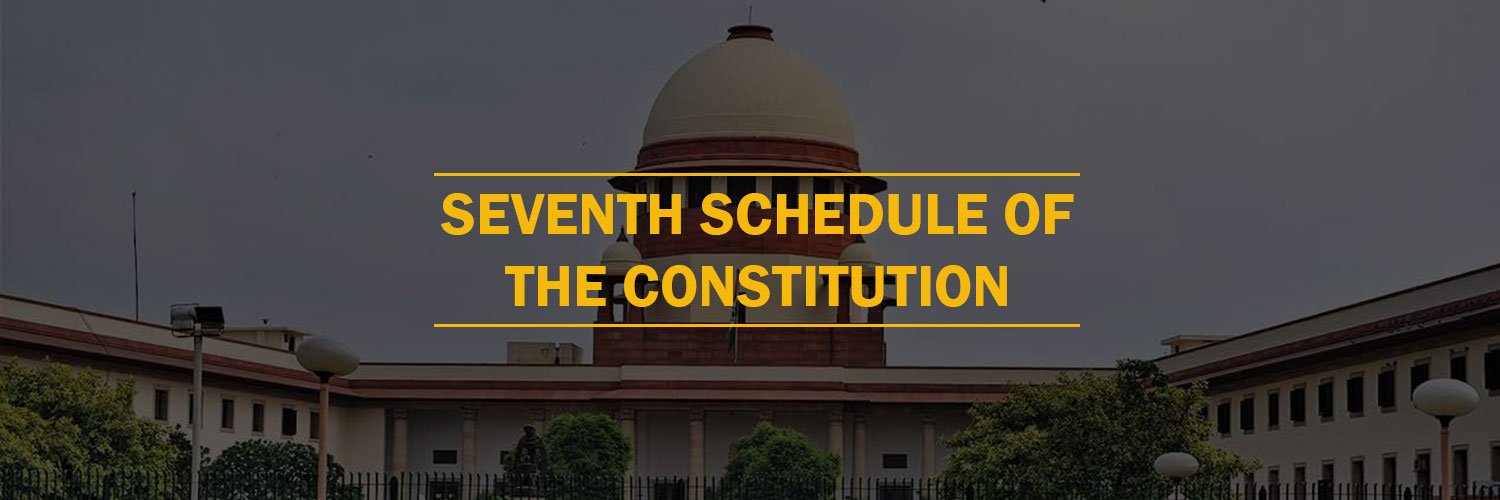One of the biggest debates in the country in recent times is about the influence as well as the impact of information provided by the Media. The intrusion of Media is an ethical dilemma for developing countries all over the globe. The impact of the media’s thoughts and expression has gone up to be a trend that all the information gathered from their sources is explicitly becoming the public’s voice. “Media Trail” is one of the most popular phrases in recent days where media has come forward to investigate the truth and also through television or newspaper reports describes the entire case study according to their own opinions, which not only harms the reputation of the concerned person but also leads to a widespread perception in the public’s views in which the accused is seen with eyes of suspicion and guilt even before proven guilty by the judiciary. It is the responsibility of the judicial system in society to implement the laws and punish the defaulters as per the statutes prescribed and there is a presumption of innocence unless proven guilty. However, due to the influence of media where they try to portrait a different vision of every victim and to increase their fan-base, media is playing the role of decision making and spreading the only information which might provide increased fan-base as well as popularity.
But on the same page, we notice that there are some of the cases which need media attention and its influence to make a voice among the corrupt and diplomatic cases. No doubt media is a free medium of communicative information without any restrictions from the state, which also has several advantages as the citizens of the nation are well aware of the whereabouts of the world by this platform. Some of the high-profile cases which are shut down by the power of approach and money are highlighted by the Media to seek justice and protect the victim from exploitation.
Landmark Cases in India
Jessica Lal Murder
A 34-year-old model who was working as a celebrity bartender at a restaurant in Mehrauli was shot to death by a 24-year-old boy who asked for a drink but she refused. The victim Jessica Lal was killed by Manu Sharma who has a very influential background and he successfully escaped from the charges by tampering the evidence and manipulating the witnesses. Thus, justice was not delivered. However, later the public came forward to raise their voice against the injustice done, thousands of emails and SMSs on the petition were sent to the President of India seeking justice. Hundreds of people around the country-initiated candle march and justice-seeking campaigns for Jessica Lal. In this particular case Media by the wide coverage of influence has played an important role in influencing and making an impact on the Indian Legal system to prevent the ‘miscarriage of justice’. Many newspapers even gave views on who killed Jessica? In 2011, an Indian biographical thriller movie based on the Jessica Lal murder case ‘No one killed Jessica’ was released in India. Ultimately because of media intervention and the increasing popularity due to the influence of media, Jessica received justice which was beyond the imagination of a common man taking into account the corruption and misuse of power in the country.
The alleged suicide of Sushant Singh Rajput
However, in a recent death case of Bollywood actor Sushant Singh Rajput, his girlfriend Rhea Chakraborty has been called up for recording her statement amidst the investigation done by CBI in this case. The Media has been playing an important as well as a dominating role in this case. On the other hand, media professionals have also been making a publicity stunt while playing with the lives of the people who are yet to be declared guilty for any offense. The trial done by the Media, in this case, is shifting the entire investigation and defaming the suspects to the level of inhuman treatment. Thus, to understand the entire scenario the media is not only trying to put forth and influence the public at large but also trying to put words into the mouths of decision-makers which are ultimately leading unwanted glamour and glare to some sections and to the remaining, it is the trial already done by media and suspects are proved guilty without the actual proceedings.
Should There Be A Limit on the Freedom of Media?
India is a democratic country governed by the Supreme law of the land, ‘The Constitution of India’ which considers media as the fourth pillar of democracy and guarantees freedom of speech and expression to all the citizens under Article 19. The media or the press in India enjoys the freedom of speech and expression to engage in the business of disseminating news to the audience under the right to carry out any profession, occupation, trade, industry, or business guaranteed under Article 19 (1) (g) of the Indian Constitution.
Media known to be the fourth pillar is one of the most powerful weapons to expose the bad aspects and appreciate the good deeds. Transparency in the functioning of democracy is the key responsibility of the Media. However, in today’s time amidst the global pandemic and other economic issues, media is still lacking that sense of concern and as we call that power is the nature of functioning, this organ of the democracy is also failing to provide a free and fair approach.
It is not without substance to put the way that freedom to communicate is necessary, but utter freedom without check brings with it the deformities. Media freedom is described as the freedom of various kinds of media and sources of communication to operate in political and civil society. Traditionally the transmission medium was restricted to writing, which was then expanded to television, and now the internet is a new addition to information distribution mode. The limit on the expansion of media is somewhat considered necessary because a lot of data manipulations, fake news, popularism is growing day by day in the name of spreading awareness which also leads to defamation, hatred, and misuse of power.
The concept of self-regulated media is one of the ways out of this system as a limit on freedom is still a debatable issue as their freedom is guaranteed by the supreme law. So, one of the approaches would be self-regulation of the media will be beneficial to strike a balance between the unregulated opinion that may lead to destabilization pf social and political thought and if the limit is imposed it will lead to unfair interventions of the government.
How to implement self-regulation of media? it will be implemented by the responsible media professionals who recognize the importance of true and authentic information and also to learn and decide that the responsibility on their shoulders is much more than popularity and fame. It will be a collective effort to maintain unbiased and truthful.
Conclusion
It is never a neutral activity to educate individuals’ consciences and help shape their thought. It requires a determination of media owners, editors, and journalists to discharge their duties in a manner that balances commercial imperatives, human rights, social responsibility, and national vision. It is unfortunate and disheartening that our media is infamous for processing and filtering real events, producing a skewed reflection that condenses insinuations, gossip, misinformation, rumors, speculations, and assumptions into a medium of entertainment, character assassination, controversy, or at least a product that blames everybody. A revolutionary socialist and anti-war activist Rosa Luxemburg has once said “Freedom of speech is meaningless unless it means the freedom of the person who thinks differently!” Freedom of speech is the basic right of each and every individual, however, the same come up with reasonable restrictions and protocols. Like we always say that too much freedom could be easily misused in the name of law and many such cases are witnessed every day.
This article has been written and submitted by Ms. Arushi Lamba during her course of internship at B&B Associates LLP. Ms. Arushi is a 4th-year law student of Panjab University, Chandigarh.









